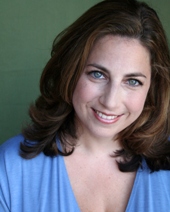
Stacey, thankful for Thanksgiving
It’s probably going to get me some flack to admit that my favorite holiday isn’t a Jewish holiday, but a secular one. Don’t get me wrong, I love many of our ages-old holy days, and look forward to both the sense of connectedness they bring as well as the comfort of traditional foods and the company of friends and family. Rosh Hashanah, Passover…both solidly in my top five holiday-wise. I love a latke, I’m moved by matzo balls, get blissed out over brisket. I even heart a hamentashen. But none of the celebrations mandated by the Torah come close to inspiring the passion I have for Thanksgiving.
Deep down, I sort of think of Thanksgiving as a Jewish holiday. After all, it celebrates autumn, much like Sukkot. It is centered around a very prescribed traditional meal, sort of like Passover. It is a time to reflect on personal blessings, which is as much a part of Yom Kippur as the atoning part. It brings together family and friends, like Rosh Hashanah. And lets be frank, any holiday that devotes itself to total food indulgence has got to be something we Jews can get solidly behind, if not out and out co-opting it for ourselves!
As a home cook, Thanksgiving is my grail, my marathon--the ability to pull it off is a source of pride, and no moments of my year are as purely pleasurable as those brief moments of silence around the table when everyone tucks into their plates, followed by gradual exclamations of rapturous delight. And while there is always something a little bit new or different every year, the basics stay the same, and I’ve gotten a lot of it down to a science. But science doesn’t mean clenched perfectionism. With all due respect to Martha Stewart, you don’t need twenty four matching turkey shaped bowls for the soup to taste good, you don’t have to weave your own napkins, grow your own cranberries, or even make your own pie crust (or pie for that matter) for this day to be wonderful. Good food, prepared with love, and served with a smile is all anyone needs for the holiday to be sublime…to each at the level of their own ability.
For those of you who are thinking of tackling the big day, I’ve got some tips to help you out. The most important thing about Thanksgiving is right there in the name, be thankful. If you burn the turkey, make PB&J and laugh it off. And if at all possible, set yourself up for success with some simple advice and simpler recipes.
First, know thyself. Do you regularly make your own puff pastry, serve towering soufflés, and finish your sauces with homemade demi-glace? Then find any challenging menu that inspires you and have at it. But if you burn the toast four days out of ten, this isn’t the time to try anything complicated. Keep things simple, and don’t be afraid to get help with the hard stuff or fiddly bits. People love to participate, so let guests bring something to take some of the pressure off you. If you’ve never made pie crust, buy a good quality frozen crust. Look at local prepared foods sections of grocery stores and see who is offering side dishes and do a tasting the week before. If Whole Foods is making a killer stuffing, there’s no shame in serving it. Does gravy make you nervous? Add five or six whole peeled shallots to the turkey roasting pan along with your bird, and simply blend them into the de-fatted pan juices to thicken it easily without all that tricky flour business.
Thanksgiving is also a great time to connect with Mom, Grandma, or your favorite Aunt…call and ask for advice and recipes, they’ll be flattered and you’ll be amazed how many great tips they can give you.
So, if you’re getting ready for the big day, here are Stacey’s Thanksgiving Commandments:
1. Thou shalt buy a fresh turkey from a butcher, and brine before roasting.
I know Butterball seems like a good idea, but they are so filled with preservatives and salt and other unnatural stuff, they don’t really taste like turkey. Call two to three weeks before the holiday and have your local butcher order you a fresh turkey for pick up the day before Thanksgiving. Take it home and brine overnight using the brine recipe of your choice…mine is below. You’ll be delighted with the results.
2. Thou shalt discover how easy it is to make awesome cranberry sauce, and not have to serve the slice-able stuff from the can.
Cranberry sauce is not just the easiest part of the meal, it can be made up to a week in advance. You’ll never go back to the tinned stuff.
3. Thou shalt not be ashamed to make the green bean casserole with the Campbell’s Condensed Soup.
Sure, I’m a foodie/crazy person, so I make my cream of mushroom soup from scratch before assembling the ubiquitous casserole…but honestly, it’s a tradition for a reason, the original recipe is pretty comforting and delicious, and easy to make, so even if you consider yourself a major gourmet, pull out the processed food version and serve with a smile. Ditto sweet potatoes with marshmallows.
4. Thou shalt not overdo the appetizers.
You’re going to spend two days cooking for this meal. Let your guests be hungry when they get to the table. Keep your pre-dinner nibbles to small bowls of nuts or olives or pretzels or the like, think basic bar snacks…you just want your guests to have something to nosh on with their pre-dinner drinks, but if they fill up on hors d’oeuvres you’ll all be sad when you get to the table and can’t manage seconds.
5. Thou shalt not bother with salad.
I know it always seems like such a good idea to make a fresh green salad. But frankly, it takes up valuable space on a plate that should be devoted to fourteen different starches, and you’re just going to throw most of it away, since it will be all wilty and depressed by the time you go to put the leftovers away. No one will miss it.
6. Thou shalt not count calories, skimp on ingredients, measure portions, or whinge and pout about how bad the food is for you.
We are all very sensitive to healthy eating these days, and more than a few of us are dealing with the need to lose a couple pounds. THIS IS NOT THE DAY TO DO IT. Thanksgiving is, at its very core, a celebration of food and the memories that food invokes and the new memories created at the table. You do yourself, your host, and the day a disservice if you think of it as anything else, or deprive yourself of the sheer joy of this meal. If you’re the cook, don’t alter recipes with low fat/low salt/low taste versions of things. Don’t skip meals before, so that you aren’t blindly starving by the time you get to the buffet, and if you’re really concerned, fill your plate anyway you like, but don’t go back for seconds. Any nutritionist worth their salt will tell you that one meal cannot derail your overall progress, especially if you get back to your program the next day and maybe add a workout that week. And any counselor will tell you that the surest way to be cranky is to deprive yourself while all around you are celebrating. Give yourself a break…you’ll be amazed that if you give yourself permission to have everything you want, how easy it is not to overdo it.
7. Thou shalt not stuff your bird.
I can hear you crying about it now….you are used to the bird packed with stuffing, you dream about the really crispy good part in the front over the neck, why can’t we stuff our turkeys? Here’s why….one, a stuffed bird is the best way to get food poisoning. If the stuffing doesn’t get up to at least 180 degrees internally, it can breed bacteria, not fun. Two, in order to get the stuffing to 180, you are going to overcook the crap out of the turkey itself, especially the breast meat. Three, all that moistness you love in the in-the-bird stuffing? That is all the juices from the meat that are getting sucked out by the huge stuffing sponge, and you not only dry out your bird, you have many fewer juices with which to make gravy. Make your stuffing and bake in a separate dish, and if you really miss that dense moistness, melt a stick of butter in a cup of chicken stock and pour it over the stuffing ten minutes before taking it out of the oven. And get over it.
8. Thou shalt not test more than one new recipe for this meal.
Thanksgiving is a wonderful meal to add to, but don’t do everything at once. I know that the cooking mags have all sorts of new-fangled versions of things, but they have to reinvent the holiday menu every year. Experimentation is good, but if you change the whole thing up at once, people are going to miss their old standby favorites. Pick one dish that you think is ready for a revamp, and throw in that curveball. If you love it, add it to the repertoire. But don’t do the chipotle rubbed turkey, sweet potato tofu bake, barley stuffing, green beans with fresh ricotta, and sherried fig cranberry coulis all in one meal. Someone will weep openly, and everyone will have to run out the next day and make a few traditional items to get them through to next year.
9. Thou shalt not be a Thanksgiving Dictator.
If people want to help in the kitchen, let them. And don’t criticize the quality of their small dice, or the way they wash the pots. Ditto assigning specific foods to guests who want to bring something…if someone offers to bring a dish, ask them what they love to make or what they crave most about Thanksgiving and let them bring that. Who cares if you have two kinds of sweet potatoes, or both cornbread and regular stuffing? On Thanksgiving, more is more, and abundance rules. Besides, you have a three-day weekend that needs quality leftovers.
10. Thou shalt be thankful.
We are all very blessed. Take a few moments to think about all of the gifts you have in your life, the family and friends who surround you, all of the wonderful things you may take for granted in the hustle and bustle of your day to day. Close your eyes, be joyful, and in all sincerity and humbleness thank the universe for your life.
Yours in good taste,
Stacey
www.staceyballis.com
NOSH of the week:
Here are some of my go-to turkey day recipes. Follow to the letter or use as a springboard for your own touches…
Brined Turkey
1 16 lb. turkey
Brine:
9 Q water
1 gallon apple cider
1 bottle Riesling or other fruity white wine
2 ½ c kosher salt
2 c brown sugar
8 bay leaves
2 ½ T coriander
1 ½ T juniper
2 T peppercorns
1 ½ T fennel seed
1 T mustard seed
3 onions-quartered
2 apples-quartered
1 bunch thyme
Boil 1 Q water with salt, sugar and all spices. Cool. Put in brining bag. Add rest of ingredients and turkey. Brine overnight. Remove turkey from brine, rinse and dry. Add an herb butter under the skin if you like. Put an onion and an apple in the cavity of the bird. Preheat oven to 500 degrees. In roasting pan, make rack of ribs of celery, carrots, sliced onion, 5-6 whole shallots, thyme. Put turkey breast side down, put in oven, and immediately reduce to 400 degrees. Cook 30 minutes. Reduce heat to 325, cook 90 minutes. Flip breast side up, cook to 155 internal temp, approximately another 30-40 minutes. Rest 30 minutes before carving.
Cranberry sauce
2 bags cranberries
1 ½ c port
1 c sugar
1 t salt
5 T orange juice
1 ½ t cornstarch
1 t ground mustard
1 t lemon juice
Zest of 1 orange
Pinch ground clove
Pinch fresh ginger
Zest of 1 lemon
½ c dried cherries-rehydrate in ¼ c port
Cook cranberries and port in a saucepan over med-high heat 10 minutes, until cranberries burst. Add sugar and salt. Whisk OJ, cornstarch, mustard, lemon juice in a bowl and add to berries. Stir to combine. Add rest of ingredients, cook 5-6 minutes more, cool.
Mashed potatoes
10 lb. Yukon Gold potatoes (peeled, cubed)
2 sticks butter, cubed
1 pt. whole milk (or half and half or cream, depending on how rich you like it)
1 pt. sour cream
1 bunch chives, chopped fine
S&P to taste
Boil potatoes till soft. Drain completely. Put potatoes through ricer, or just use hand mixer to mash. Add butter first, and then milk to just shy of your preferred texture. Once the potatoes are almost there, add in the sour cream and chives and season well.
Basic Stuffing
1 XL loaf country bread or French bread cubed and toasted till totally dry (2 lbs.)
1 pkg soft rolls or hot dog buns torn coarsely
2 ½ sticks butter
1 ½ c chopped onion
1 ½ c chopped celery
Celery leaves from 2 heads, chopped
¼ c chopped flat leaf parsley
Dried sage, thyme, marjoram (1 T each)
S/P to taste
4 lg eggs, beaten
1 box chicken stock…add as necessary to moisten.
Sautee veggies and herbs in 1 ½ sticks butter. Toss with bread. Add stock slowly till moist but not overly soggy. Taste for seasoning. Stir in eggs and mix well. Put in deep foil pan. Drizzle with melted stick of butter and sprinkle of breadcrumbs.
400 degrees 25 minutes covered, 20 uncovered. If you want extra moistness, melt another 4-8 T butter in 1 c chicken stock and pour over top when you uncover the stuffing, then continue cooking.
Pickled carrots
(great pre-dinner nibble! A bowl of these and a bowl of nuts are all you need.)
1 large bag baby carrots (2 1bs)
1 bottle apple cider vinegar
1 large jar honey
4 T mustard seed
1 bunch dill
Combine vinegar, honey and mustard seed in saucepan. Add carrots and cook over med-high heat till carrots are cooked but still crisp, 5-8 minutes. Store in pickling liquid in fridge. Before serving, drain liquid, add chopped fresh dill.
NOSH Food read of the week: The Devil in the Kitchen by Marco Pierre White
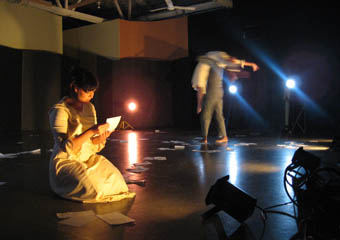
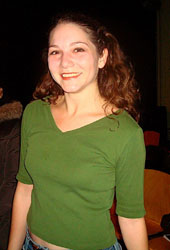
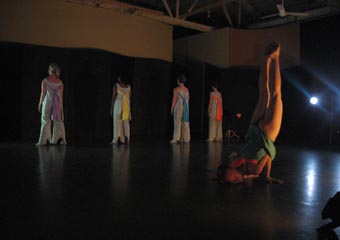


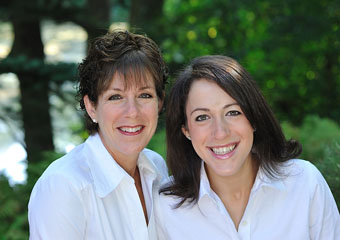
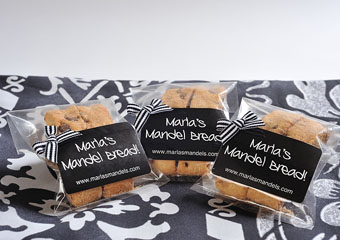


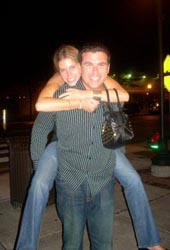
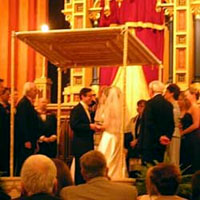
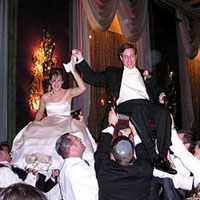
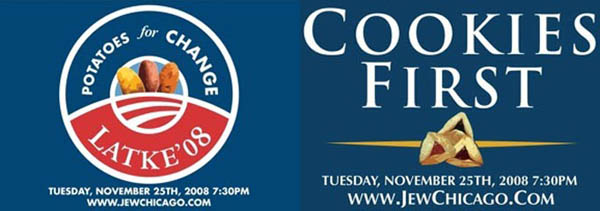
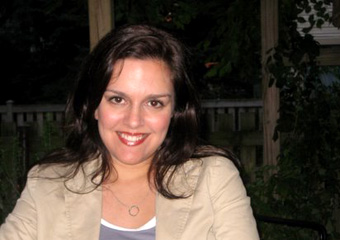
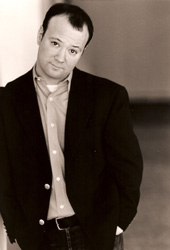
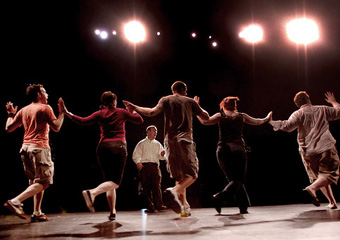

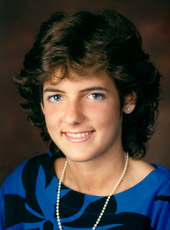

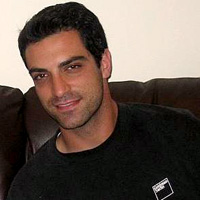

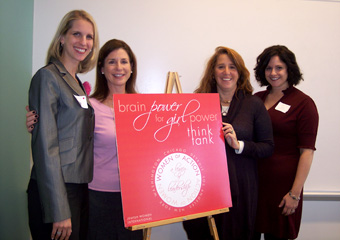
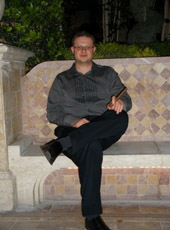
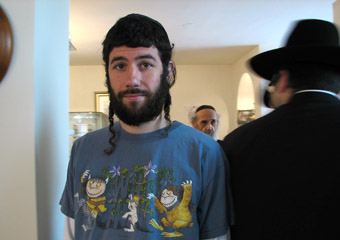
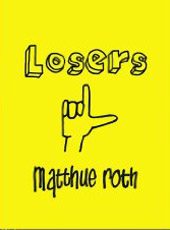
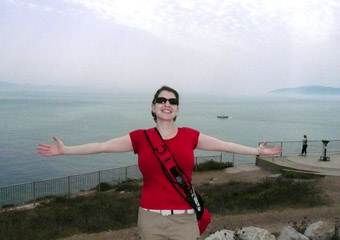



.jpg)



